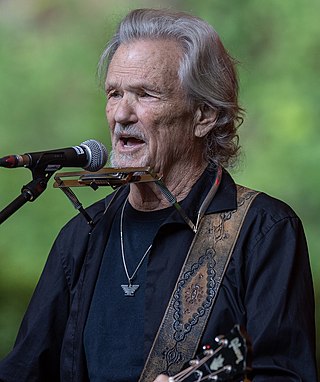
Kristoffer Kristofferson is an American retired country singer, songwriter, and actor. Among his songwriting credits are "Me and Bobby McGee", "For the Good Times", "Sunday Mornin' Comin' Down", and "Help Me Make It Through the Night", all of which were hits for other artists.

Highwayman is the first studio album released by country supergroup The Highwaymen, comprising Kris Kristofferson, Johnny Cash, Waylon Jennings and Willie Nelson. Highwayman, released through Columbia Records in 1985, was the group's first and most successful album.

Highwayman 2 is the second studio album released by American country supergroup The Highwaymen. This album was released in 1990 on the Columbia Records label. Johnny Cash had left Columbia several years earlier, making this a "homecoming", and ultimately his final work for Columbia as the next Highwaymen album would be issued on another label.

Border Lord is the third album by Kris Kristofferson, released in 1972 on Monument Records.
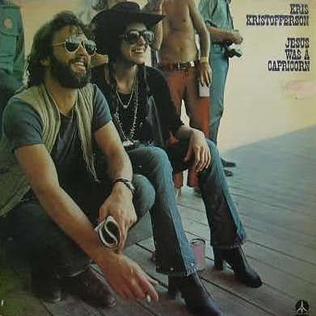
Jesus Was a Capricorn is the fourth album by Kris Kristofferson, released in 1972 on Monument Records. The album cover pictures Kristofferson and his soon-to-be wife Rita Coolidge. "Why Me" reached #1 on the Country singles charts.
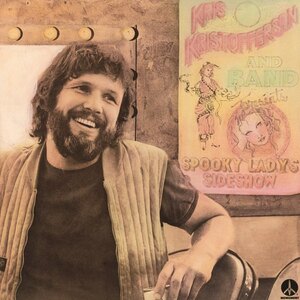
Spooky Lady's Sideshow is the fifth solo album by Kris Kristofferson, released in 1974 on Monument Records. It was preceded and followed by duet albums with his wife, Rita Coolidge. It was recorded shortly after Kristofferson's appearance in the movie Pat Garrett and Billy the Kid. The album mostly consists of songs about decline due to alcohol and drug abuse. That theme of decline proved to be (unintentionally) prophetic as this was Kristofferson's first album that failed to see commercial success on a large scale.
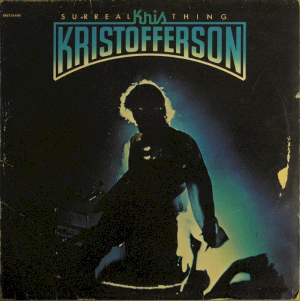
Surreal Thing is the seventh solo album by Kris Kristofferson, released in 1976 on Monument Records. "Killing Time" and "The Golden Idol" are re-recordings of songs that were originally released as a single in 1967.

Easter Island is the eighth solo album by Kris Kristofferson, released in 1978 on Monument.

Repossessed is an album by Kris Kristofferson, released on Mercury Records in 1986. It was Kristofferson's first full-length solo album since 1981's To the Bone, although the singer did collaborate with other artists in the meantime, most notably on Highwayman with Johnny Cash, Waylon Jennings and Willie Nelson.
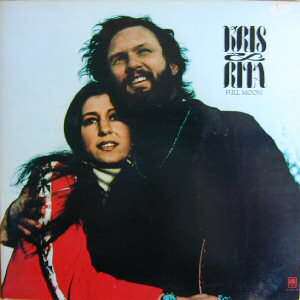
Full Moon is a duet album by Kris Kristofferson and Rita Coolidge, released in September 1973 on A&M Records. It is the first of three duet albums by the couple, who married weeks before the album's release, and arguably the best. Unlike Kristofferson solo albums, it features several covers.
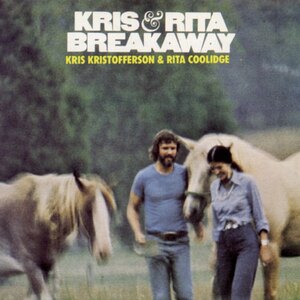
Breakaway is the second duet album by Kris Kristofferson and Rita Coolidge, released in 1974 on Monument Records. It is one of three duet albums by the couple. Unlike Kristofferson solo albums, it features several covers. "I've Got to Have You" and "I'd Rather Be Sorry" had both previously been hits for other artists; they appear here by Kristofferson for the first time.
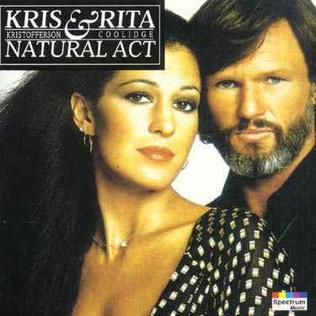
Natural Act is the third and final duet album by Kris Kristofferson and Rita Coolidge, released in 1978 on A&M Records. The couple would divorce the following year. The album was released while Coolidge's career was at a peak; her recent albums Anytime...Anywhere and Love Me Again had seen much commercial success. Natural Act is Kristofferson's only album to chart in the United Kingdom.

Shake Hands with the Devil is the ninth solo album by Kris Kristofferson, released in 1979 on Monument Records. Several of the songs on the album were written by Kristofferson years before its release.

To the Bone is an album by Kris Kristofferson, released in 1981, his last for Monument Records. It is his first album after his divorce from Rita Coolidge, and many of its songs deal with relationship decline. "Nobody Loves Anybody Anymore" became a minor hit.

Wanted! The Outlaws is a compilation album by Waylon Jennings, Willie Nelson, Jessi Colter, and Tompall Glaser, released by RCA Records in 1976. The album consists of previously released material with four new songs. Released to capitalize on the new outlaw country movement, Wanted! The Outlaws earned its place in music history by becoming the first country album to be platinum-certified, reaching sales of one million.

Waylon & Willie is a duet studio album by American singers Waylon Jennings and Willie Nelson, released by RCA Records in 1978. In the US, it stayed at #1 album on the country album charts for ten weeks and would spend a total of 126 weeks on the country charts.

The Lady's Not For Sale is a 1972 album by Rita Coolidge, and was released on the A&M Records label, AMLH 64370. It was later reissued on the Music For Pleasure label, MFP-50500. The inner gatefold photo was shot on location by Terry Paul at Stonehenge in the English county of Wiltshire.

Rides Again is an album released by country musician David Allan Coe. It was released in 1977 on Columbia.

The Willie Way is the 15th studio album by country singer Willie Nelson. This was also the last album of new material released by RCA Records before Nelson's departure for Atlantic Records and move to Austin, Texas.
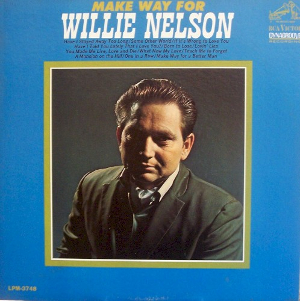
Make Way for Willie Nelson is the fifth studio album by country singer Willie Nelson.




















